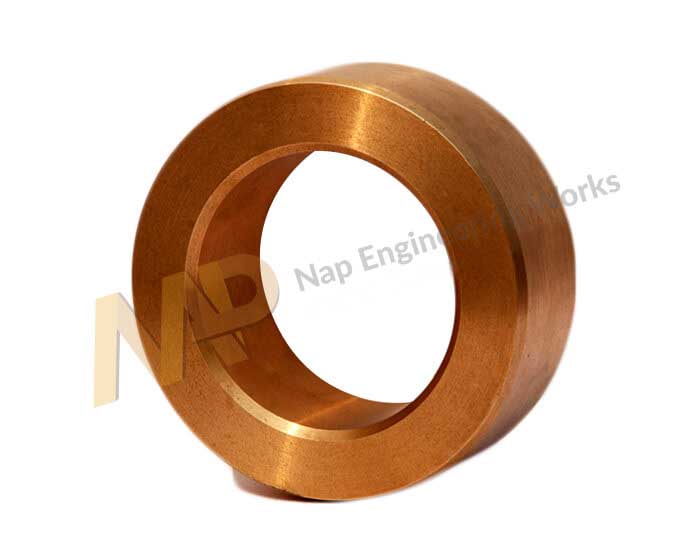Types of Aluminium Casting Defects and How to Treat Them
Aluminium Casting is a metalworking process where liquid aluminium is poured into a solid form or mould. Its properties are similar to other aluminium components. The liquid metal is aluminium or aluminium alloy, which is then poured into moulds. However, it is not uncommon for defects to show up during the Aluminium Bronze casting process. Be it minor or severe; there are methods to restore it as well.
Five Main Irregularities in Aluminium Casting
- Shrinkage – These defects from shrinkage usually occurs during the process of solidification. You can notice them on the surface of the casting, and flaws like closed shrinkage are found inside the casting. Sometimes isolated pools of liquid also form within the solidified metal.
- Gas Porosity – Compared to solid aluminium, liquid aluminium can hold large volumes of dissolved gas. It forms bubbles within the metal as it eventually cools down and the casting strength degrades.

- Pouring Metal Defects – While pouring the metal, some factors can go wrong. If the liquid metal does not fill up the entire mould cavity, it can form a weak spot from the unfulfilled portion. Defects can also arise if the two metals do not fuse properly.
- Metallurgical Defects – This happens when the chemical composition of the metal itself does not allow optimum conditions for cooling. This creates hot spots or hard areas on the surface.
- Mould Defects – The metal is in a weak state when hot. Residual stresses on the metal come from poor design, which gradually shows cracks while hot.
Ways to Treat Aluminium Casting Defects
Prevention is always better than cure. The most favoured way to deal with it is to develop acceptance criteria along with feedback from the customers. This way, you can set up a standard for the defects immediately and at the start of the project itself. Experts recommend thorough laboratory testing, committed to ensuring that all castings have accurate metallurgical properties. The specialists consistently monitor the composition and mechanical processes of casting to eliminate inefficient methods to avoid low-quality casting.
The incorporation of metal control procedure also helps with spectrographic analysis, rotary degassing and density indexing. Rotary degassing reduces the incidence of shrinkage and gas porosity problems. Density indexing also helps with the issue of gas porosity, where a sample of molten aluminium is put to the reduced pressure test to solidify in a vacuum. Information is drawn to find its inefficiency while measuring the success of the subsequent degassing method.
Reputed companies like Nap Engineering Works undertake constant quality control measures to simultaneously bring down the aluminium casting defects. They are a leading manufacturer of aluminium bronze casting, which are of the highest standards. They also offer customised products to their clients at affordable price rates.

